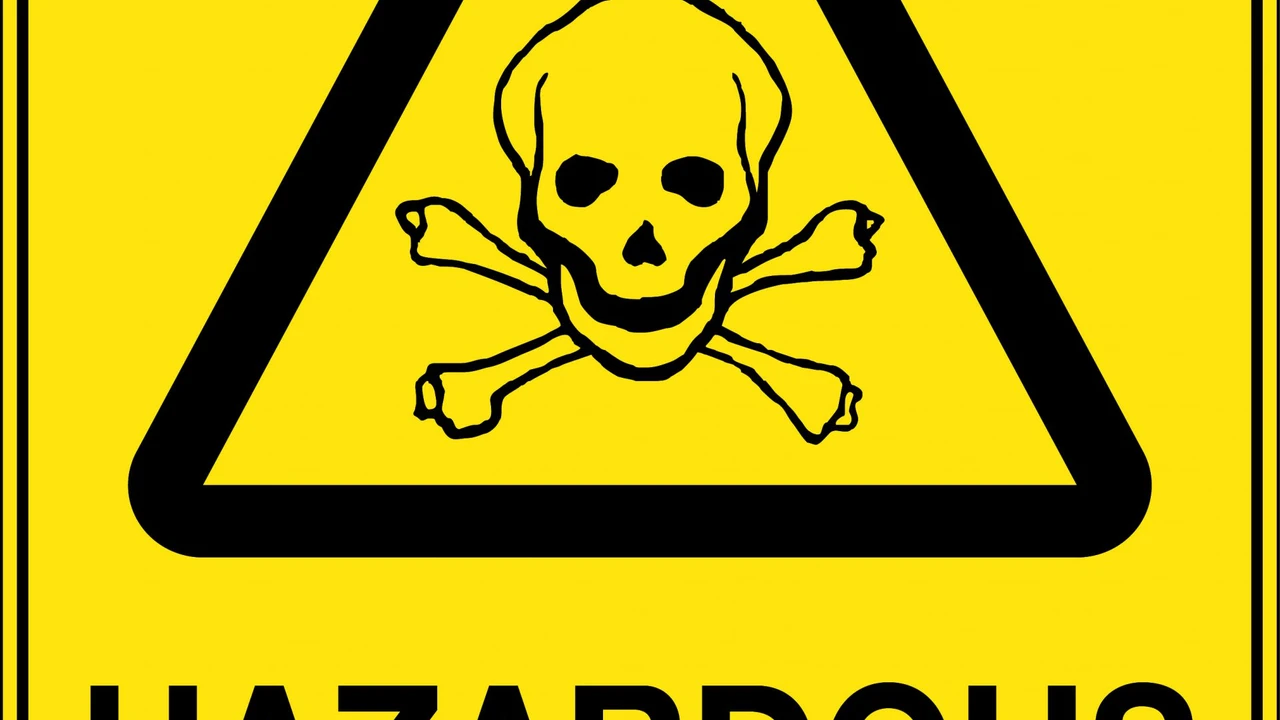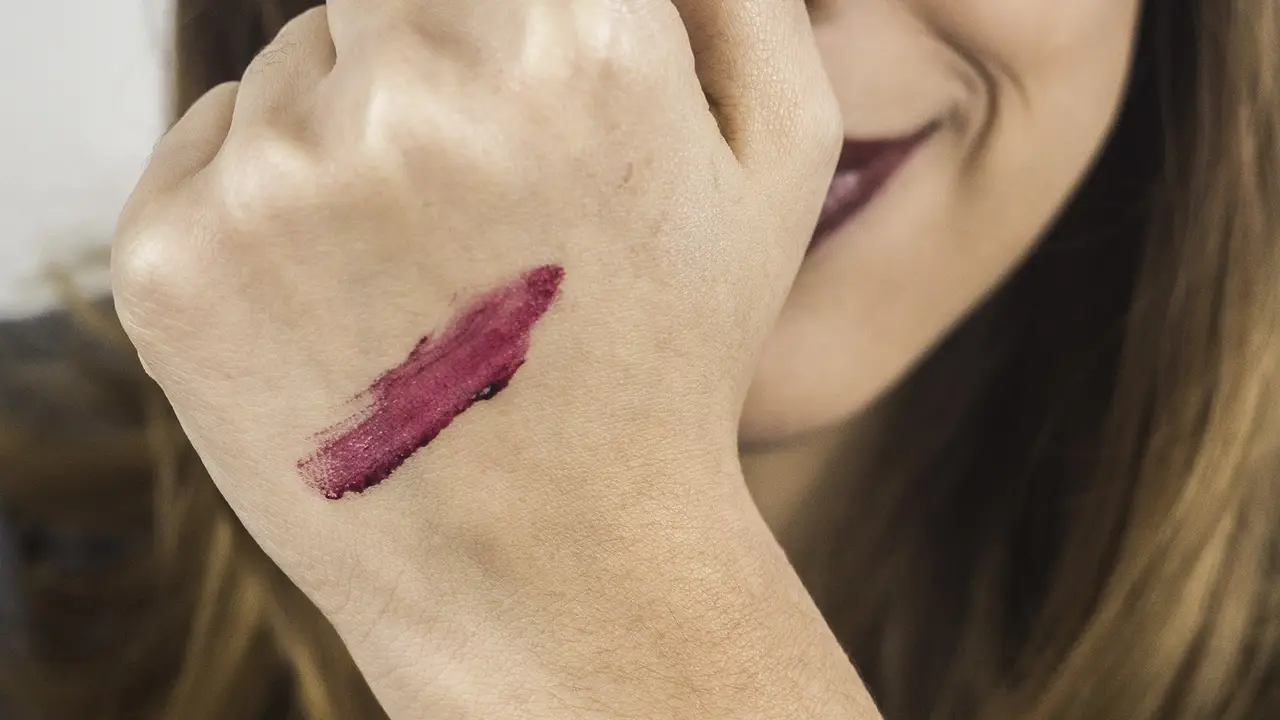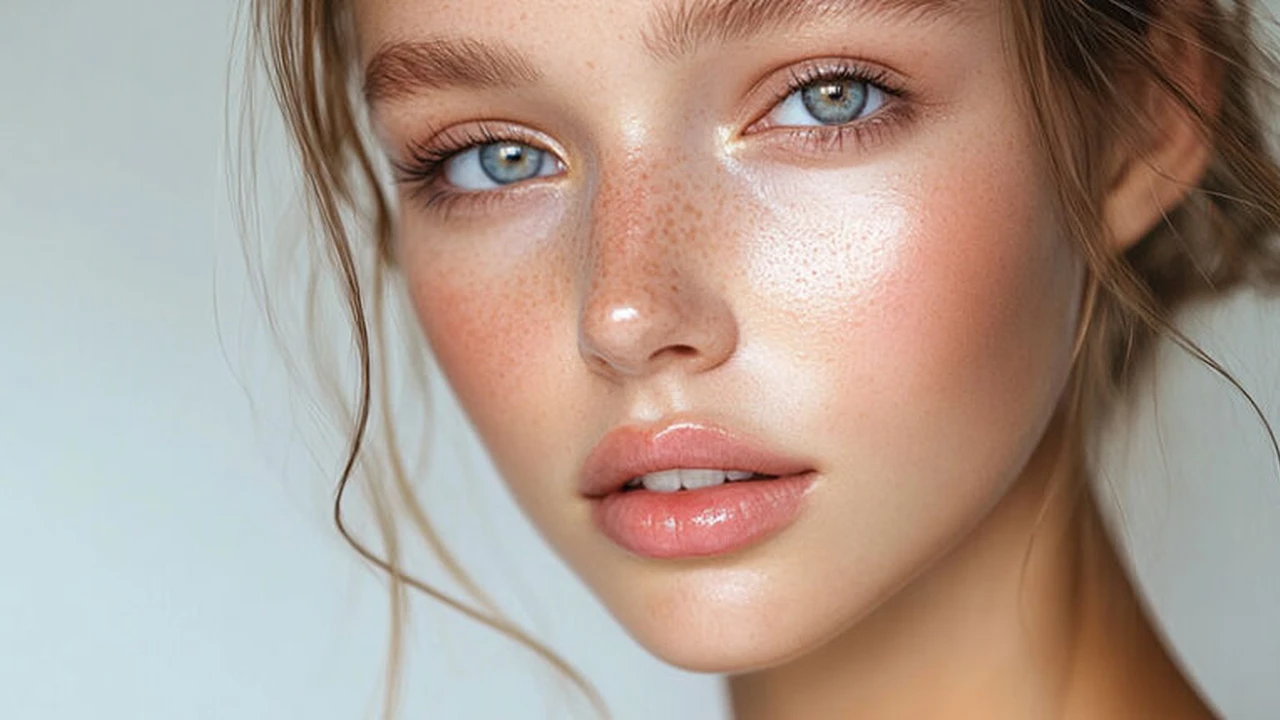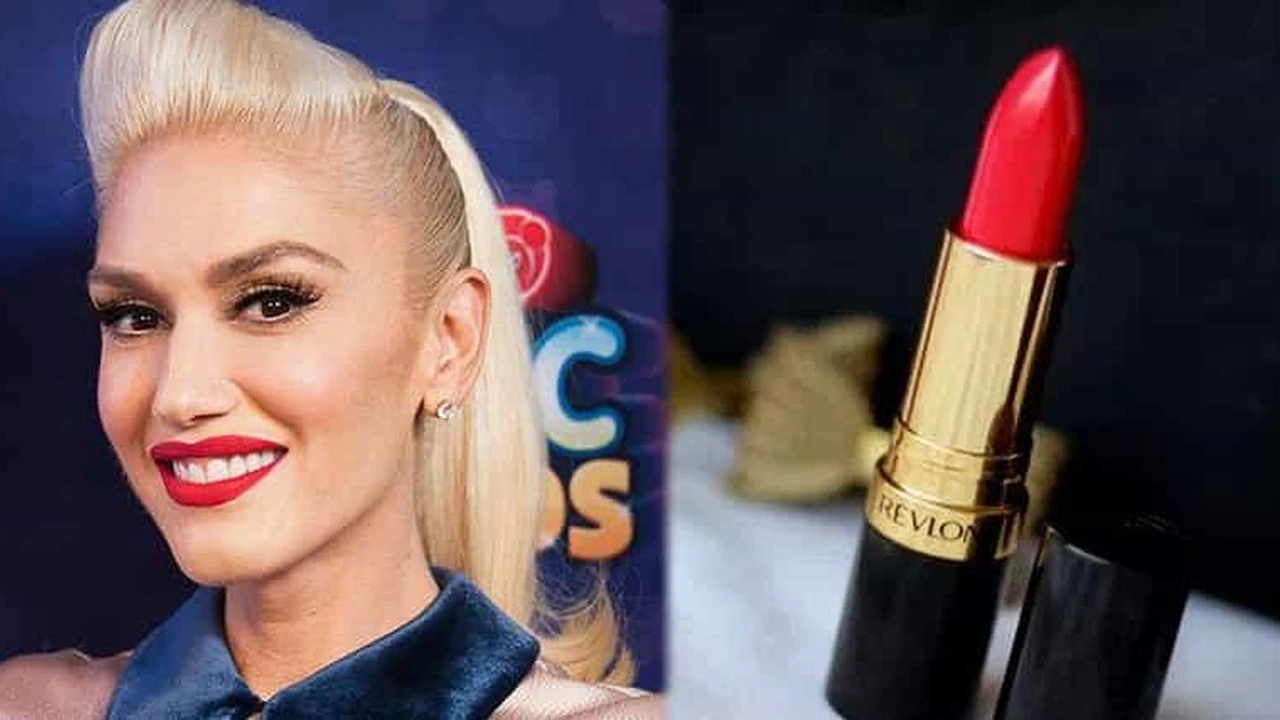Lipstick Safety: Are There Harmful Chemicals in Your Lipstick?
Sample meta description.

Understanding Lipstick Ingredients and Potential Health Risks
Hey there, lipstick lovers! We all adore that perfect pout, but have you ever stopped to wonder what exactly you're putting on your lips? Lipstick safety is a topic that deserves our attention. Let's dive into the world of lipstick ingredients and uncover potential health risks lurking within those colorful tubes.
Many lipsticks contain a cocktail of chemicals, some of which might raise eyebrows. Things like lead, parabens, and phthalates have been flagged as potential concerns. While the levels of these substances are often regulated, it's still wise to be informed.
Lead in Lipstick The Controversy and Regulations
The presence of lead in lipstick has been a hot topic for years. Lead is a neurotoxin that can accumulate in the body over time. While the FDA has set limits for lead in cosmetics, even small amounts can be worrisome, especially for pregnant women and children. It's important to note that lead isn't intentionally added to lipstick; it's often a contaminant found in the raw materials used.
The FDA regularly tests lipsticks to ensure they meet safety standards. However, it's up to us, as consumers, to stay informed and make choices that align with our health priorities. Look for brands that are transparent about their sourcing and manufacturing processes.
Parabens and Phthalates What Are They and Why Should You Care
Parabens are preservatives commonly used in cosmetics to prevent the growth of bacteria and mold. Phthalates are plasticizers that can make products more flexible and durable. Both have been linked to hormone disruption and other health concerns. While more research is needed, many people prefer to avoid these chemicals altogether.
Reading ingredient labels is key. Look for "paraben-free" and "phthalate-free" options. Many natural and organic brands have emerged that prioritize safer alternatives.
Harmful Chemicals in Lipstick A Deeper Dive into Specific Ingredients
Beyond lead, parabens, and phthalates, other ingredients might raise a red flag. Some lipsticks contain heavy metals like cadmium, chromium, and aluminum. These metals can be toxic in high doses and accumulate in the body over time. Certain synthetic dyes and fragrances can also cause allergic reactions and skin irritation.
Educate yourself about common cosmetic ingredients and their potential risks. Websites like the Environmental Working Group's Skin Deep database can be valuable resources.
Safe Lipstick Alternatives Natural and Organic Options
The good news is that there are plenty of safe and effective lipstick alternatives available. Natural and organic brands often use plant-based ingredients and avoid harmful chemicals. Look for lipsticks made with beeswax, shea butter, jojoba oil, and natural pigments.
These alternatives not only minimize your exposure to toxins but can also nourish and hydrate your lips. Many natural lipsticks are also cruelty-free and environmentally friendly.
Choosing the Right Lipstick Color and Formula for Your Skin Tone and Occasion
Finding the perfect lipstick is about more than just safety; it's about finding the right color and formula for your skin tone and the occasion. Consider your undertones (warm, cool, or neutral) and choose shades that complement your complexion. For everyday wear, a sheer or satin finish might be ideal. For special occasions, a bold matte or glossy lip can make a statement.
Don't be afraid to experiment with different colors and textures to find what works best for you. Remember, makeup is all about self-expression and having fun!
Lipstick Application Tips and Tricks for a Flawless Pout
Even the safest lipstick won't look its best if it's not applied properly. Start by exfoliating your lips to remove any dry skin. Apply a lip balm to hydrate and smooth your lips. Use a lip liner to define your lip shape and prevent feathering. Apply your lipstick in thin layers, blotting in between coats for longer wear. Consider using a lip brush for precise application.
With a little practice, you can achieve a flawless pout every time.
Best Practices for Storing and Maintaining Your Lipstick
Proper storage is essential for maintaining the quality and safety of your lipstick. Keep your lipsticks in a cool, dry place away from direct sunlight. Avoid storing them in the bathroom, where humidity can promote bacterial growth. Replace your lipsticks every one to two years, or sooner if they change in texture, color, or smell.
Clean your lipsticks regularly with a tissue or alcohol wipe to remove any bacteria or debris.
Lipstick Safety During Pregnancy and Breastfeeding
If you're pregnant or breastfeeding, it's especially important to be mindful of the products you use. Some chemicals in lipstick can be absorbed into your bloodstream and potentially affect your baby. Choose natural and organic lipsticks with minimal ingredients. Avoid lipsticks with lead, parabens, phthalates, and artificial fragrances.
Consult with your doctor or dermatologist for personalized recommendations.
Debunking Common Myths About Lipstick and Health
There are many misconceptions about lipstick and health. One common myth is that all lipsticks contain dangerous levels of lead. While some lipsticks may contain trace amounts of lead, the levels are generally considered safe by regulatory agencies. Another myth is that all natural lipsticks are superior to conventional lipsticks. However, some natural lipsticks may contain allergens or irritants. It's important to do your research and choose products that are right for you.
Don't believe everything you read online. Rely on credible sources of information and consult with experts when in doubt.
The Environmental Impact of Lipstick Production and Packaging
The production and packaging of lipstick can have a significant environmental impact. Many lipsticks are packaged in plastic, which can end up in landfills or oceans. Some lipsticks contain ingredients that are harmful to the environment. Choose brands that use sustainable packaging and ethically sourced ingredients. Consider supporting companies that are committed to reducing their environmental footprint.
Look for lipsticks in recyclable or biodegradable packaging. Choose brands that use refillable containers. Support companies that donate to environmental causes.
DIY Lipstick Recipes for a Personalized and Chemical-Free Option
If you're feeling adventurous, you can even make your own lipstick at home. DIY lipstick recipes typically use natural ingredients like beeswax, shea butter, coconut oil, and natural pigments. This allows you to control exactly what goes into your lipstick and avoid any potentially harmful chemicals. There are tons of recipes online, catering to different preferences and skill levels.
Experiment with different ingredients and colors to create your perfect custom lipstick.
The Future of Lipstick Innovation and Sustainable Practices
The lipstick industry is constantly evolving, with new innovations and sustainable practices emerging. Brands are increasingly focused on using safer ingredients, reducing their environmental impact, and promoting ethical sourcing. We can expect to see more lipsticks with natural and organic formulas, sustainable packaging, and innovative application technologies.
As consumers, we can support these efforts by choosing brands that prioritize sustainability and ethical practices.
Comparing Different Lipstick Brands and Their Safety Standards
Let's compare a few different lipstick brands and their safety standards. This isn't an exhaustive list, but it gives you an idea of what to look for.
- Brand A: Focuses on natural ingredients and sustainable packaging. Their lipsticks are free of parabens, phthalates, and artificial fragrances. They are also cruelty-free. However, they can be a bit pricier, around $25-$35 per tube.
- Brand B: A more affordable option, but their ingredient list includes some synthetic dyes. They claim to adhere to all FDA safety standards. Price range: $8-$15.
- Brand C: A luxury brand known for its long-lasting formulas. They use high-quality ingredients, but their packaging isn't always the most sustainable. Price range: $30-$45.
Do your research and choose brands that align with your values and priorities.
Recommended Lipstick Products for Various Skin Tones and Occasions
Alright, let's talk about specific lipstick recommendations!
- For Fair Skin: A nude lipstick with a pink undertone, like "Rose Petal" by Brand A ($28). Perfect for everyday wear, it gives you a subtle flush of color.
- For Medium Skin: A berry shade, like "Berry Kiss" by Brand B ($12). This shade is versatile and can be worn day or night.
- For Olive Skin: A warm coral, like "Coral Crush" by Brand C ($35). This shade brightens up your complexion and adds a pop of color.
- For Dark Skin: A deep burgundy, like "Burgundy Wine" by Brand A ($30). This shade is sophisticated and adds a touch of drama.
These are just suggestions, of course. The best way to find your perfect shade is to try them on and see what you like best!
Lipstick Prices and Where to Find the Best Deals
Lipstick prices can vary widely, depending on the brand, formula, and ingredients. Drugstore lipsticks typically range from $5 to $15. Mid-range lipsticks range from $15 to $30. Luxury lipsticks can cost $30 or more.
To find the best deals, look for sales and promotions at drugstores, department stores, and online retailers. Sign up for email newsletters to receive exclusive discounts. Check out websites like RetailMeNot and Coupons.com for coupon codes. Consider buying lipstick sets, which often offer a better value than buying individual lipsticks.
Lipstick for Different Occasions: Work, Date Night, and Special Events
The lipstick you choose can depend on the occasion.
- For Work: Opt for a neutral or understated shade, like a nude, pink, or berry. Avoid bold or distracting colors.
- For Date Night: Choose a shade that makes you feel confident and beautiful. A classic red or a sultry berry can be a great choice.
- For Special Events: Go all out with a bold and glamorous shade. A bright red, a deep plum, or a shimmering gold can make a statement.
Remember to consider your outfit and overall look when choosing your lipstick.
Storing Lipstick Properly to Extend Its Lifespan and Maintain Hygiene
Let's reiterate the importance of proper lipstick storage!
Keep your lipsticks in a cool, dry place away from direct sunlight and humidity. Avoid storing them in the bathroom. Replace your lipsticks every one to two years, or sooner if they change in texture, color, or smell. Clean your lipsticks regularly with a tissue or alcohol wipe to remove any bacteria or debris.
By following these tips, you can extend the lifespan of your lipsticks and maintain good hygiene.
Conclusion: Choosing Safe and Beautiful Lipstick for a Confident You
Choosing lipstick is a personal journey. By understanding the ingredients, considering safety, and experimenting with colors and formulas, you can find lipsticks that make you look and feel your best. Enjoy the process and embrace your unique beauty!
:max_bytes(150000):strip_icc()/277019-baked-pork-chops-with-cream-of-mushroom-soup-DDMFS-beauty-4x3-BG-7505-5762b731cf30447d9cbbbbbf387beafa.jpg)






